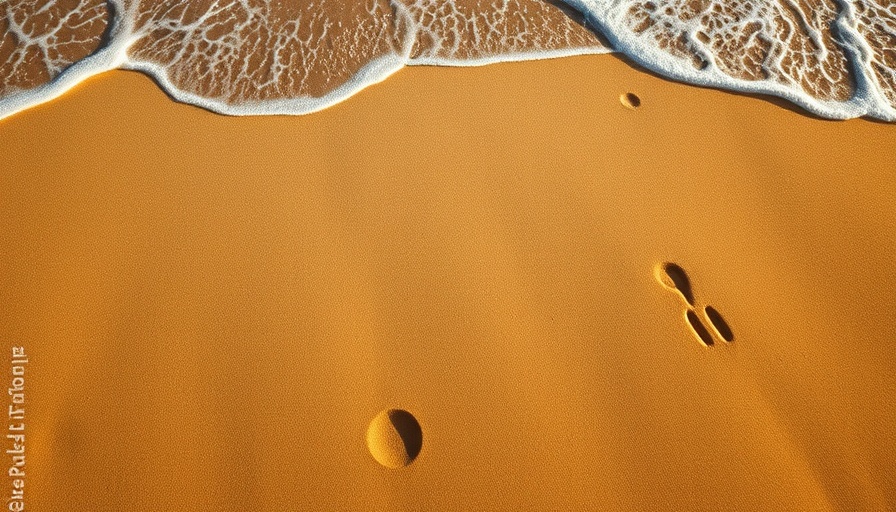
The Enigma of Oahu's Reemerging Petroglyphs
A captivating blend of nature and history, the mysterious petroglyphs resurfacing on Oahu’s shores tell a story that transcends time. These remarkable carvings, believed to be over 1,000 years old, come to life as shifting sands unveil their secrets against the backdrop of the Hawaiian sun. This phenomenon doesn't just reveal ancient art; it serves as a reminder of the deep connection the Native Hawaiian community has with their environment and heritage.
The Cultural Significance of Petroglyphs
Consisting primarily of stick figures, the petroglyphs represent a blend of spirituality and caution, with interpretations varying significantly. Glen Kila, a cultural practitioner, posits that one of these figures might even represent Maui, the demigod known for his trickery and bold adventures. His mention connects the current environmental discussions with deeper historical narratives, illustrating how the tales of old continue to resonate deeply in today's context.
Environmental Messages from the Ancestors
Kila’s insight into the petroglyphs as messages from his ancestors hath implications beyond mere folklore. The return of these carvings has been linked to the pressing issue of rising ocean levels—a crucial environmental concern today. Kila interprets their reemergence as a signal from the past, urging the present generation to heed warnings about ecological changes and the potential dangers they pose to coastal communities.
The Traditions Behind the Art
Hawaiian history is rich with storytelling, where oral traditions are vividly illustrated through rock art like these petroglyphs. The ability of the past to surface, both literally and metaphorically, calls for an examination of how indigenous practices can inform contemporary environmental stewardship and cultural identity. In the absence of a written language, the visual representations provided by these carvings offered ancestral knowledge and cultural significance long before documented history.
The Modern Impact of Ancient Culture
Understanding these petroglyphs as not only relics, but also as part of the living Hawaiian culture can provide valuable insights into modern discussions of sustainability and ecology. They emphasize the importance of respecting the land, a principle deeply entrenched in traditional Hawaiian values. As we navigate challenges like climate change, these ancient symbols can serve as guiding reminders of the interconnectedness of heritage, environment, and community.
Historical Context and Discovery
The petroglyphs were first noticed by guests at a U.S. Army recreation center in 2016, reigniting discussions on Hawaiian history and the effects of colonization. The Hawaiian Islands were one of the last regions on Earth inhabited by humans, and understanding the arduous history of the indigenous people can significantly deepen our appreciation of the land’s cultural significance. As excavations continue and environmental changes proceed, maintaining awareness of this history becomes increasingly relevant.
Conclusion
As these petroglyphs continue to ebb and flow with the tides, they remind us that history is not static. Instead, it is shaped continually by our interactions with nature and each other. Embracing the lessons embedded in these carvings could guide us towards making informed decisions about the future, ensuring that the voices of our ancestors are heard. By fostering a connection between the present inhabitants of the islands and their ancient history, we can approach modern challenges with respect and insight, drawing from the wisdom stored in rock and sand.
 Add Row
Add Row  Add
Add 




Write A Comment